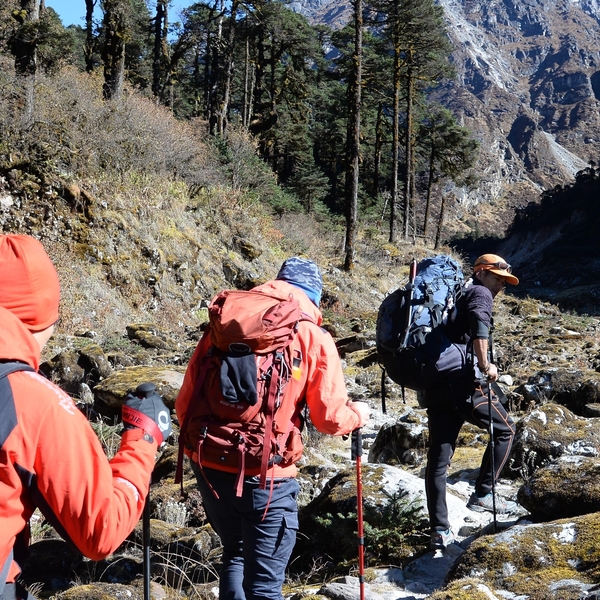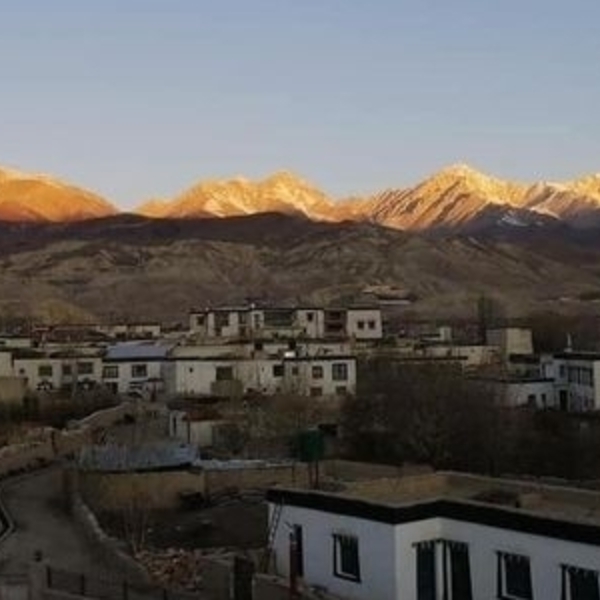International Everest Day, also known as Sagarmatha Day in Nepal, is celebrated every year on May 29 to honor the first successful ascent of Mount Everest (8,848.86 meters) by Sir Edmund Hillary of New Zealand and Tenzing Norgay Sherpa of Nepal in 1953. Their legendary achievement marked one of the greatest milestones in mountaineering history and continues to inspire adventurers worldwide.
🎉 Why May 29?
On this day in 1953, Hillary and Tenzing stood at the summit of the world’s highest mountain. The news was officially announced to the world on Queen Elizabeth II’s coronation day, making it a symbolic and historic moment.
🌐 Global Significance
Mount Everest, known as Sagarmatha in Nepali and Chomolungma in Tibetan, represents not only the pinnacle of natural beauty and challenge but also the strength of human spirit and cooperation across cultures. International Everest Day celebrates:
Human endurance and exploration
Nepal's mountaineering heritage and Sherpa culture
Global unity through adventure tourism and environmental awareness
🗓️ How It’s Celebrated
- Everest Day is marked by various ceremonies, events, and awareness programs, especially in Kathmandu, Lukla, and the Khumbu (Everest) region:
- Tributes and memorial services for Hillary, Tenzing, and other mountaineers
- Rallies, parades, and cultural programs in Kathmandu and Everest region
- Conferences and exhibitions promoting sustainable mountain tourism
- Recognition of climbers who recently summited Everest
- Educational activities on mountain ecology and climate change
🌿 Focus on Sustainability
With increasing concerns about glacier melting, waste management, and over-tourism, Everest Day also highlights the need for sustainable trekking, eco-tourism, and preservation of the fragile Himalayan ecosystem.
🏅 Legacy of Hillary and Tenzing
Sir Edmund Hillary later became a philanthropist, building schools and hospitals in Nepal through the Himalayan Trust.
Tenzing Norgay Sherpa, a national hero of Nepal, paved the way for generations of Sherpa climbers.




